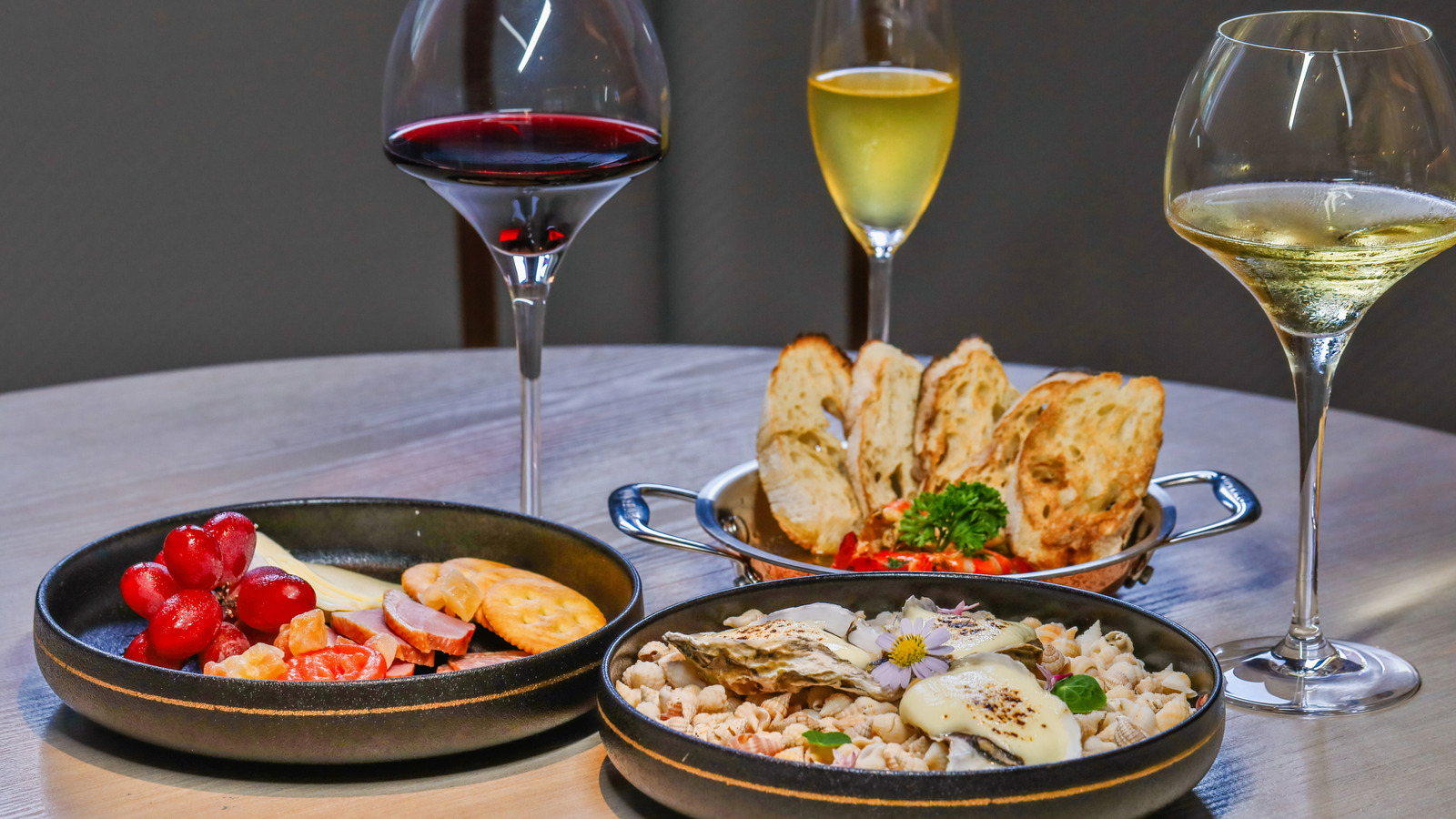History of National Cordon Bleu Day
Though the origins of this day are murky, the origin of the dish Cordon Bleu is said to hail from Switzerland, where it was more commonly referred to as a ‘schnitzel.’ Back in 1578, in France, there was an order of knights known as the “Order of the Knights of the Holy Spirit” and they had a practice of hanging their talismans on blue ribbons. Thanks to this, they became known as ‘Les Cordon Bleus’ (literally, ‘the blue ribbons’) and during King Henry III of France’s rule, the blue ribbon gained its significance by being awarded only to knights of the highest rank.
This is why it is symbolic of excellence even today, as blue ribbons then began to be conferred upon chefs and their dishes which were of the highest standards. Contrary to popular belief though, the famous French culinary arts institute, Le Cordon Bleu, has nothing to do with the founding of National Cordon Bleu Day, despite the name. The dish can also be traced back to Veal Kiev, which was introduced in Paris in the late 1840s. Later on, in Moscow, the veal was swapped out for chicken and the recipe first appeared in print in the year 1955.
It was in the 1960s that the dish reached America while making its first print appearance in “The New York Times” in 1967. But given this rather bland history, we prefer the story (even if its veracity is dubious), where a Swiss chef found herself with insufficient meat for two large groups of patrons at her restaurant. She then hit upon the idea of butterflying the meat filets, stuffing them with ham and cheese, and frying them up, which earned her a blue ribbon. She declined but mentioned that it would make a fitting name for the dish, hence the name Cordon Bleu.














